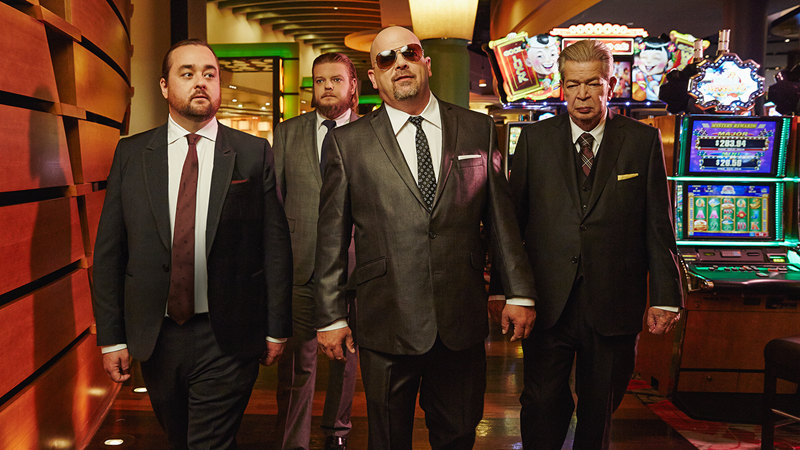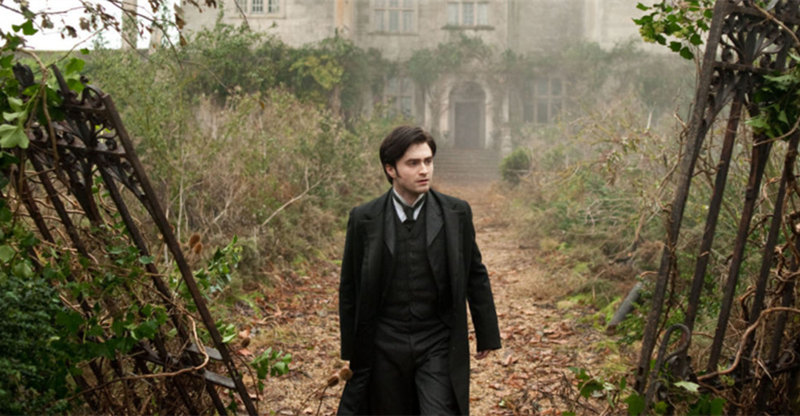I was going to write that Michelangelo Antonioni is the only director who can really make me care about the crises of beautiful rich people, but that’s not entirely accurate. First of all, Sofia Coppola is pretty good at it too. Second, care isn’t exactly the right word. I don’t exactly weep for Antonioni’s bored bourgeois protagonists any more than the director does, yet his cool detached observations of cool detached characters still resonate on an intimate and emotional level.
Perhaps it’s the constant emphasis on environment, the way that the glamorous characters share the screen with glass skyscrapers and concrete mazes, all of which remain equally unimpressed by the characters’ cultured allure. In “La notte” (1961), even superstars like Marcello Mastroianni and Jeanne Moreau occasionally play second fiddle to a broken-down clock or a silently descending elevator. Social privilege seems so puny compared to a sprawling metropolis like Milan, an economic boomtown expanding so rapidly and in such bizarre mutations it hardly seems designed to support human life. Sometimes watching an Antonioni film reminds us that we all finish in a tie.
Not that the Antonioni of the ’60s should be mistaken as a champion of the proletariat. He loved to look at beautiful people (Monica Vitti is here too, of course) and even if he showed that their candy-coating covered the same rotting flesh as everyone else, it was crystal clear that Joe Six-Packs and Plain Janes need not apply. That’s part of the fascination; star charisma and sex appeal are even more compelling when they’re being undermined. Or vivisected.
“La notte” was the director’s follow-up to his arthouse hit, “L’avventura” (1960), and follows an even looser plot. Giovanni (Mastroianni), a writer of some moderate success, and his wife Lidia (Moreau) have an afternoon and an evening to kill. Just like the afternoon and evening before, and the afternoon and evening to follow. They visit a sick friend in the hospital, attend a book release party, and eventually sleepwalk their way to a nighttime party thrown by a wealthy industrialist friend. They suffer through every minute of their idle lounging and do their share of whining and moping along the way. Giovanni complains of boredom and Lidia spends half her time wandering alone with her head cast down.
No doubt some viewers, perhaps also exasperated by the deliberate pacing, find it insufferable, but the film’s power builds implacably with each accumulated detail. Lidia may seem as self-absorbed as her husband, but notice the way her sullen face occasionally lights up when she lingers on the edge of a lively crowd. She wants to play with them too, but some self-sabotaging mechanism always holds her back. Giovanni, by contrast, has surrendered to self-indulgent numbness. A handsome devil who looks just like Marcello Mastroianni quite literally can’t get through a day without having random women throw themselves at him, but he can only process passion as idle curiosity.
The characters in “La notte,” including the ennui-riddled young beauty Valentina (Vitti) who briefly tempts Giovanni, aren’t necessarily empty, but the film documents their inability to connect whatever is inside to an external world that might no longer have use for old-fashioned things like sentiment, nostalgia, and other qualities that can’t be quantified on a balance sheet. The war is now a generation in the past, progress marches in its wake, and Italy and the rest of Europe must strip down to the essentials in order to compete.
Cinematographer Gianni Di Venanzo arranges this pragmatic world as a series of harsh geometric shapes, all lines and angles with a displaced alien feel underscored by the sci-fi theme that runs over an opening credit sequence of reflective windows and building exteriors. Milan can be a crowded throng one moment, and a hollowed-out wasteland the next. When Giovanni and Lidia first arrive at the party that takes up the final half of the film, we hear a murmur of voices off-screen, but the camera first shows us only a vast, empty stretch of perfectly manicured lawn before finally panning over to the revelers. It’s one of the most disorienting shots in a film filled with jarring juxtapositions, and it’s in moments like this that “La notte,” as well as all of Antonioni’s finest films, dig their roots into you. Pay closest attention when the least seems to be happening, and you never know what you’ll notice.
Video:
The film is presented in its original 1.85:1 aspect ratio.
Antonioni in 1080p is such a treat, esp. black-and-white Antonioni. A director who obsessed over design to legendary excess needs to be appreciate in the finest possible detail, and this high-def transfer really shows off the strengths of Gianni Di Venanzo’s photography. There are many reflections in this film, and the high-def treatment really makes them pop. The black-and-white contrast is both subtle and rich, and it’s hard to say whether the transfer looks better in the sunny first half or the nocturnal back nine. So there’s a scene at the end where you can see a hair trapped in the frame. You’re not going to whine about that, are you?
Audio:
The LPCM Mono audio track is crisp enough to do service to a film that is as meticulous in its sound design as its set design. Individual sound effects sound appropriately isolated, and the music by Giorgio Gaslini (both the opening non-diegetic theme and the music played by the jazz band at the party) is well preserved. Optional English subtitles support the Italian audio.
Extras:
It seems like feature-length audio commentary tracks are slowly being phased out and not too many fans are complaining, but a film like “La notte” really cries out for a close textual reading. Oh well, Criterion has provided the next best thing with a feature (2012, 27 min.) that combines interviews with film critic Adriano Apra and film historian Carlo di Carlo. They provide added context, such as pointing out that Milan was the hub of Italy’s economic renaissance, and place the film within Antonioni’s body of work.
The disc also includes an interview (2012, 31 min.) with professor Giuliana Bruno of Harvard’s Department of Visual and Environmental Studies. Professor Bruno discusses the importance of architecture in “La notte,” an essential perspective on the film since, as she points out, the buildings are characters just as important as the humans in some ways.
We also get a Theatrical Trailer (3 min.)
The 16-page insert booklet includes an essay by critic Richard Brody and a brief 1961 statement by Antonioni about the film.
Film Value:
“La notte” is the middle film of what has come to be described as Antonioni’s “alienation trilogy” and has recently been harder to find than either “L’avventura” or “L’eclisse” (1962). Of course there’s no real reason to omit “Red Desert” (1964) from the same grouping, and considering them a trilogy at all is more a critical shorthand than a reality. “La notte” isn’t quite the accomplishment of the era-defining “L’avventura” but not many movies are. It’s a vital film released right at Antonioni’s peak and it’s a thrill to have it available on a North America high definition release. It doesn’t quite get the deluxe Criterion treatment in terms of extras which is a mild disappointment, but what we get is just fine.


